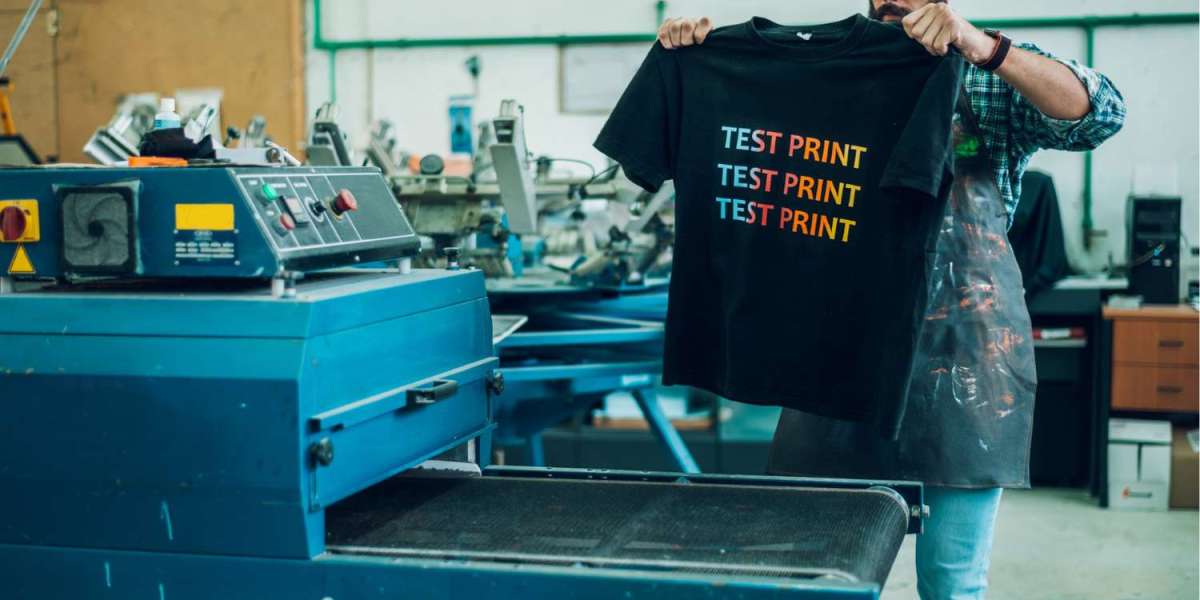Introduction
Screenprinting is a versatile and popular method for creating unique and eye-catching designs on various surfaces, including t-shirts. Whether you are a hobbyist or a professional, mastering the art of screenprinting can take your t-shirt game to a whole new level.
Choosing the Right Materials
When it comes to screenprinting, selecting the right materials is crucial for achieving high-quality results. Here are some key elements to consider:
1. Screen
The screen is the foundation of any screenprinting project. Opt for a high-quality screen that is sturdy and has a tight mesh. The mesh count is also important, as it determines the level of detail you can achieve. Higher mesh counts are suitable for fine details, while lower mesh counts work better for bold and solid designs.
2. Ink
Choosing the right ink plays a significant role in achieving vibrant and long-lasting prints. Water-based inks are popular for their eco-friendliness and versatility, while plastisol inks offer excellent opacity and durability. Experiment with different types of inks to find the one that suits your needs and preferences.
3. Squeegee
The squeegee is the tool used to push the ink through the screen and onto the fabric. Opt for a squeegee with a comfortable grip and a blade that matches the width of your screen. Keep the blade sharp, as a dull blade can affect the quality of your prints.
The Preparation Process
Proper preparation is key to successful screenprinting. Follow these steps to ensure optimal results:
1. Artwork Preparation
Before you can transfer your design onto the screen, you need to prepare the artwork. Use design software to create or edit your design, making sure it is the correct size and resolution. Convert your design into a stencil using a photo emulsion or the direct emulsion method.
2. Screen Coating
Coating your screen with emulsion is an essential step in creating the stencil. Apply the emulsion evenly on both sides of the screen using a scoop coater. Let it dry in a dark and dust-free environment, ensuring there are no light leaks that could potentially ruin the stencil.
3. Burning the Screen
Once the emulsion is dry, it's time to expose your design onto the screen. Place your artwork on top of the screen and ensure it is properly aligned. Use a UV light source or a exposure unit to expose the screen. The exposure time will depend on various factors like the emulsion type, mesh count, and the density of your design.
Perfecting the Printing Process
Now that your screen is ready, it's time to dive into the printing process itself. Here are a few pro techniques to help you achieve outstanding results:
1. Ink Consistency
Achieving the right ink consistency is crucial for smooth and even prints. Use a mixing system or a scale to ensure precise measurements when adding thinners or additives to adjust the ink's viscosity. Test the ink on a scrap fabric to ensure it flows smoothly through the screen.
2. Proper Registration
Registration refers to the alignment of the screen with the t-shirt or fabric. Invest in a good-quality registration system or use registration marks on your screens and frames to achieve accurate prints. Take your time to align the screen properly before each print to avoid misregistration.
3. Print Stroke
The way you handle the squeegee during the printing process can greatly impact the outcome. Apply consistent pressure and maintain a firm angle between the squeegee and the screen. Experiment with different techniques, such as flood strokes and print strokes, to find the one that suits your desired effect.
Post-Printing Care
To ensure your prints last and maintain their quality, proper care is essential. Follow these tips for post-printing maintenance:
1. Drying and Curing
Allow your prints to fully dry before handling or stacking them. For water-based inks, air drying is recommended, while plastisol inks require curing in a heat press or conveyor dryer. Follow the ink manufacturer's instructions for optimal drying and curing temperatures and times.
2. Cleaning the Screen
Properly cleaning your screen after each print session will prolong its lifespan and maintain print quality. Use mild cleaners specifically designed for screenprinting, and gently scrub away any ink residue or emulsion. Avoid using harsh chemicals or abrasive materials that could damage the screen.







